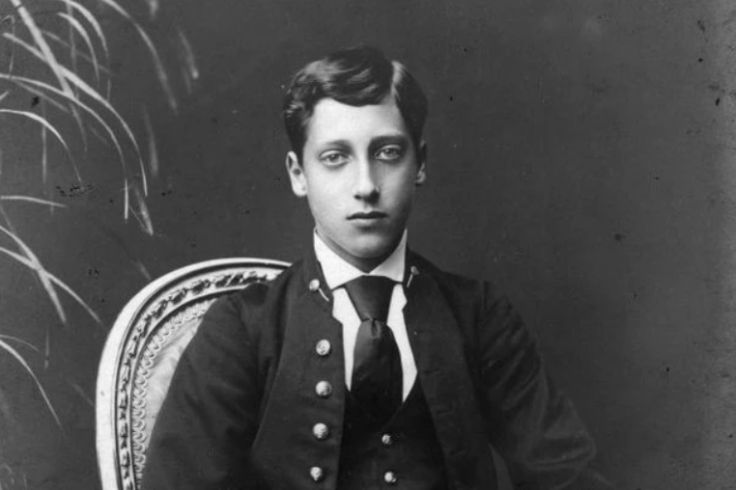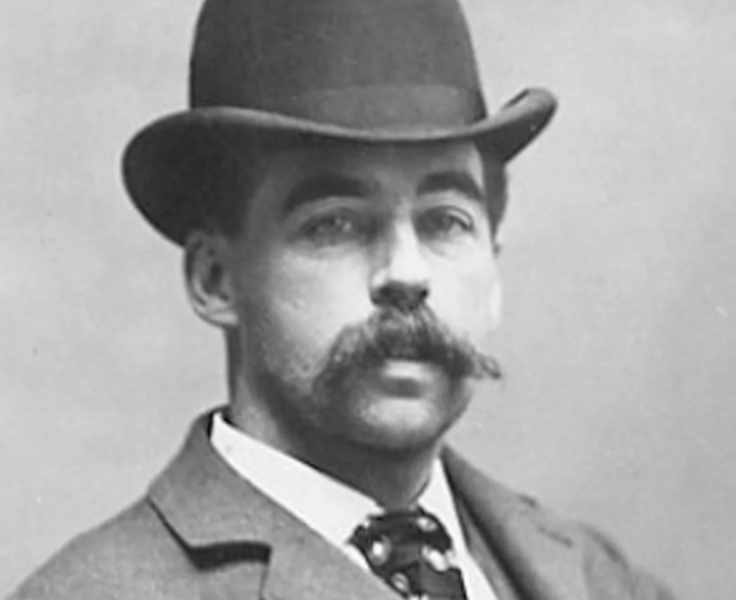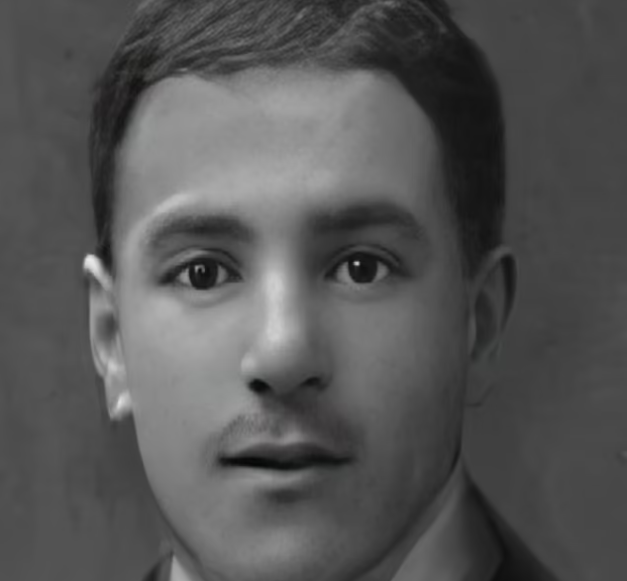7 Infamous Suspects Who Could Have Been Jack the Ripper—And Why Aaron Kosminski Might Be the One
While Kosminski has emerged as the most likely suspect, seven other figures were associated mainly with the killer.

For over 130 years, the true identity of Jack the Ripper has remained one of history's greatest mysteries. But now, descendants of the killer's victims hope to finally uncover the truth.
According to recent reports, descendants of Catherine Eddowes—one of the Ripper's victims—are supporting a legal bid for a new inquest into her death. This follows the emergence of fresh evidence suggesting that the notorious killer was Aaron Kosminski, a Polish barber who was a suspect in 1888 but was never charged.
Kosminski's name has resurfaced with renewed interest after Ripper researcher Russell Edwards discovered DNA evidence linking him to a bloodstained shawl said to have been found at the scene of Eddowes' murder.
'It's very difficult to put into words the elation I felt when I saw the 100 per cent DNA match,' Edwards told a news website. 'This brings closure and a form of justice for the descendants.'
Despite Kosminski now being championed as the prime suspect, alternative theories continue to fuel the mystery. Here are seven figures who could have been Jack the Ripper—and why Aaron Kosminski might finally be the one.
1. Carl Feigenbaum: The German Sailor
While Kosminski has emerged as the most likely suspect, Carl Feigenbaum is another contender often linked to Jack the Ripper by many researchers. A German merchant seaman with a history of violent behaviour, Feigenbaum was known to have frequented brothels in Whitechapel around the time of the murders.
Retired detective Trevor Marriott has suggested that Feigenbaum could have been passing through the area and might have committed the murders while in the area. In 1896, he was executed after being convicted of killing his landlady.
However, no evidence was ever discovered linking Feigenbaum to the crimes, and his violent tendencies and presence in Whitechapel during the killings made him a popular suspect.
2. Prince Albert Victor: The Royal Suspect
This theory might be one of the most outrageous as it suggests that Prince Albert Victor, Queen Victoria's grandson, was Jack the Ripper.

British physician Thomas Stowell suggested in 1970 that Prince Eddy, as he was known, could have committed the murders while suffering from syphilis-induced insanity. However, with no direct evidence to back it up, the theory has been widely discredited and remains speculative at best.
Prince Eddy reportedly died in January 1892 from pneumonia.
3. Joseph Merrick: The Elephant Man
Joseph Merrick is another unlikely suspect. Merrick, who suffered from extreme deformities, was famously known as the 'Elephant Man.'
Born in Leicester in 1862 at 50 Lee Street, Merrick spent time in a London hospital where some of the Ripper victims had been treated, which has led some to speculate that his tragic life might have driven him to commit murder.
However, there is no direct evidence linking Merrick to the murders, and his physical limitations make him an improbable candidate for the crimes. Hollywood legend and celebrated director David Lynch made a film about Merrick's tragic life titled 'The Elephant Man', released in 1980.
4. H.H. Holmes: America's First Serial Killer
Many theorists have linked the infamous serial killer H.H. Holmes to Jack the Ripper. Also known as America's first killer, it was claimed that Homes murdered more than 27 people after luring them into his 'Murder Castle.'

Holmes, who travelled to Europe during the time of the murders, has been suggested as a suspect by some enthusiasts. Great-great-grandson of H.H. Holmes, Jeff Mudgett, believes that Homes and Jack the Ripper are the same person.
Even though there is no hard evidence connecting him to the Whitechapel deaths, claims that Homes committed murders in London raise the possibility. 'As of yet, I still haven't seen anything which would cause me to change my mind regarding my theories that H.H. Holmes was Jack the Ripper,' Mudgett told a news website in 2017.
5. Montague John Druitt: The Suicidal Lawyer
Montague Druitt, an Oxford-educated barrister, was found dead in the River Thames in November 1888, just weeks after the final canonical Ripper murder.
In his 1894 memorandum, Sir Melville Macnaghten suspected Druitt as the killer because of his personal struggles and mental health issues. While his death deemed a suicide, coincided with the end of the killings, no clear evidence links Druitt to the murders, and the theory remains one of the more questionable hypotheses.
6. Walter Sickert: The Artist Behind the Murders?
According to best-selling crime writer Patricia Cornwell, German-born British artist Walter Sickert, who also painted Winston Churchill's portrait, was a credible suspect as Jack the Ripper.
Cornwell's controversial theory claims that Sickert's paintings and some of his letters contain disturbing connections to the murders. She has reportedly spent £6 million to reach her conclusion and even conducted a DNA analysis, suggesting a match between Sickert's DNA and material found in the infamous 'Ripper letters.'
Though many Ripper experts dismiss her claims, the idea of an artist being behind the killings remains one of the more bizarre and chilling theories.
7. Aaron Kosminski: Why the Polish Immigrant Makes Sense as the Ripper?
The most compelling suspect in recent years is Aaron Kosminski, a Polish immigrant who lived in Whitechapel during the time of the murders. Though he was originally a suspect in 1888, the case against him remained unproven due to lack of evidence—until now.

Mounting forensic evidence, combined with his mental health history and proximity to the crime scenes, makes Kosminski stand out from the other suspects.
In 2007, Russell Edwards purchased a bloodstained shawl that was said to have been found at the scene of Catherine Eddowes' murder. DNA testing on the shawl revealed matching traces from both the victim and Kosminski.
Meanwhile, some critics have raised doubts about the shawl's authenticity and the reliability of mitochondrial DNA. A scientist at Austria's Innsbruck Medical University, Hansi Weissensteiner, argued that the DNA studied could only rule out culprits rather than conclusively identify one. 'Based on mitochondrial DNA, one can only exclude a suspect,' he told a media publication.
However, Edwards' discovery has placed Kosminski back at the centre of the investigation. If the DNA evidence is accepted and the inquest is granted, the world can witness a historic moment as the century-old mystery finally ends.
© Copyright IBTimes 2025. All rights reserved.





















